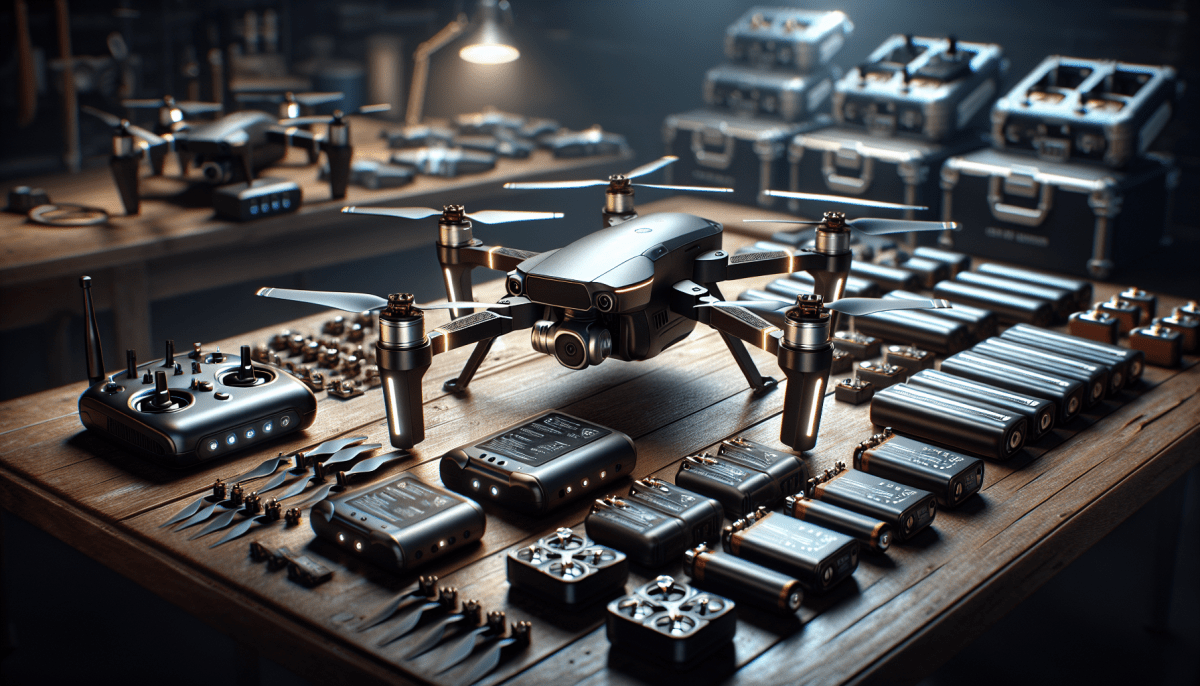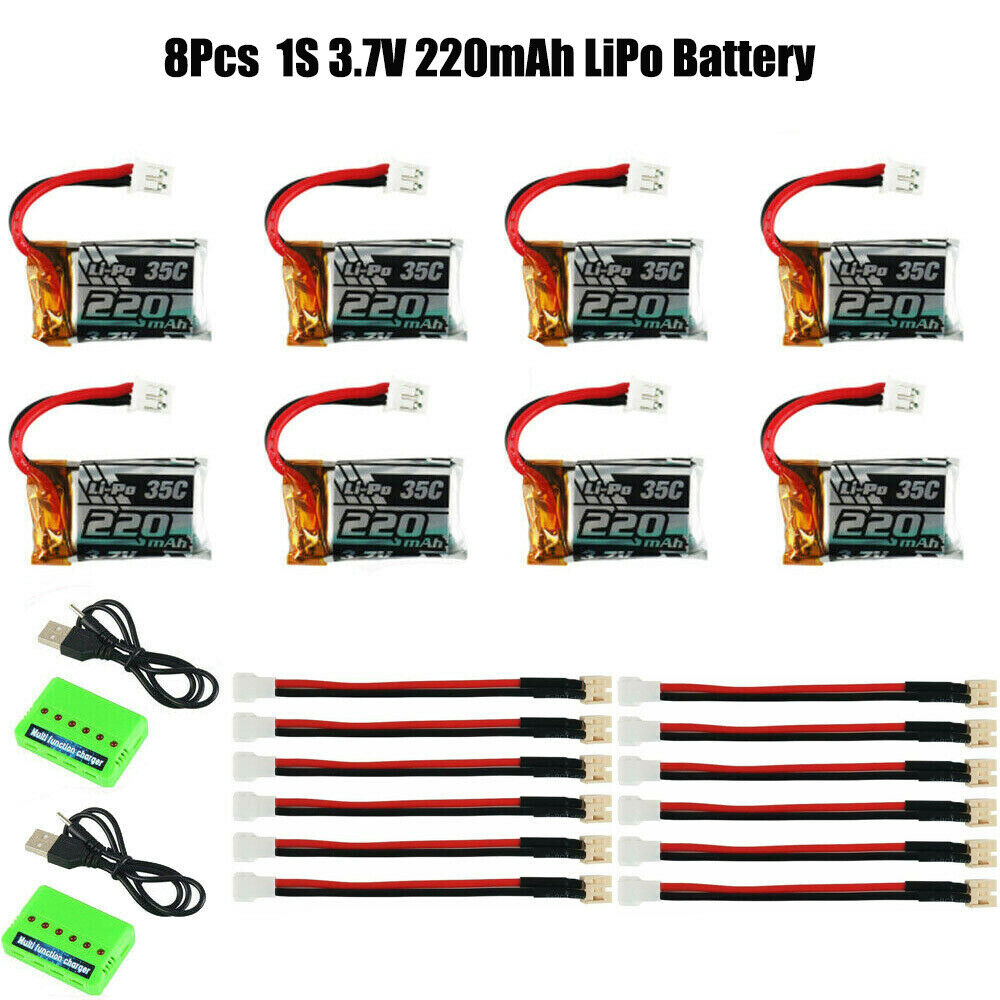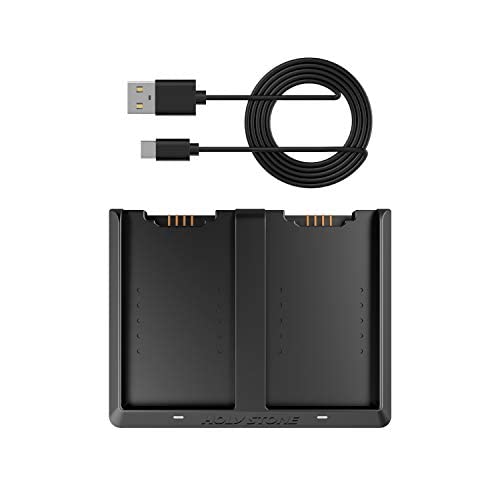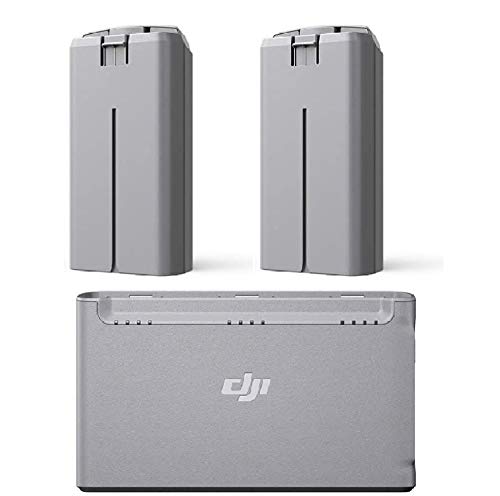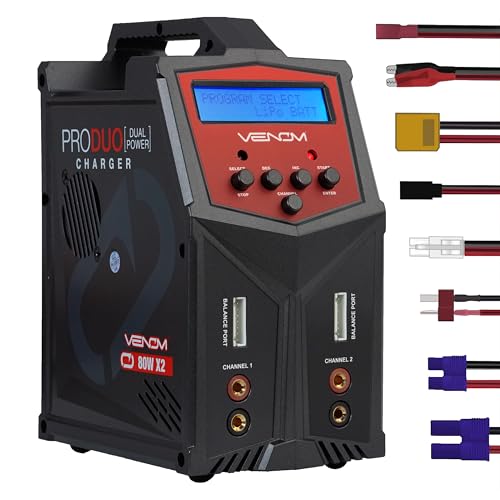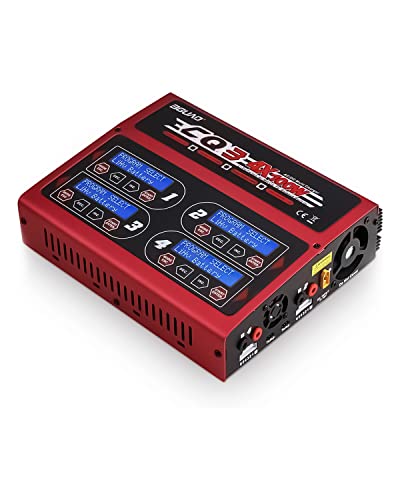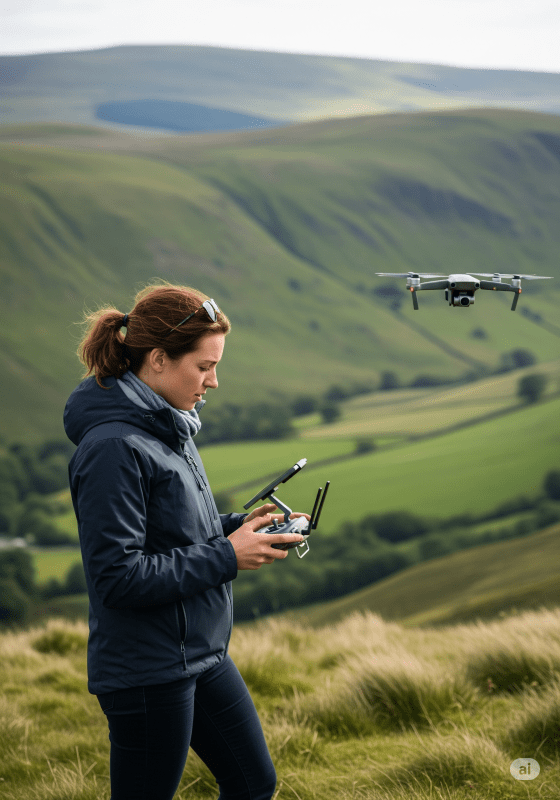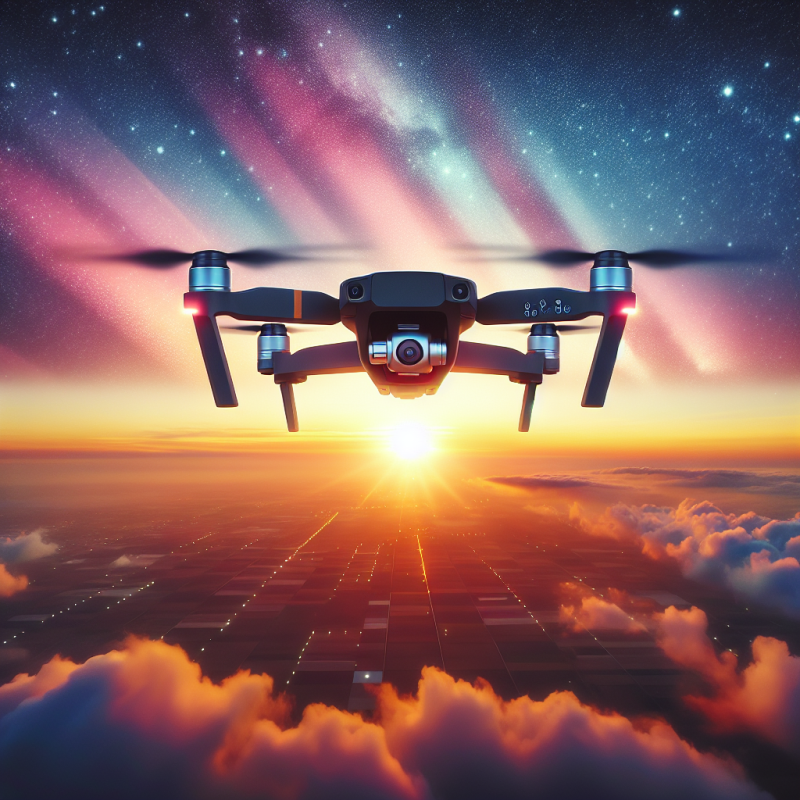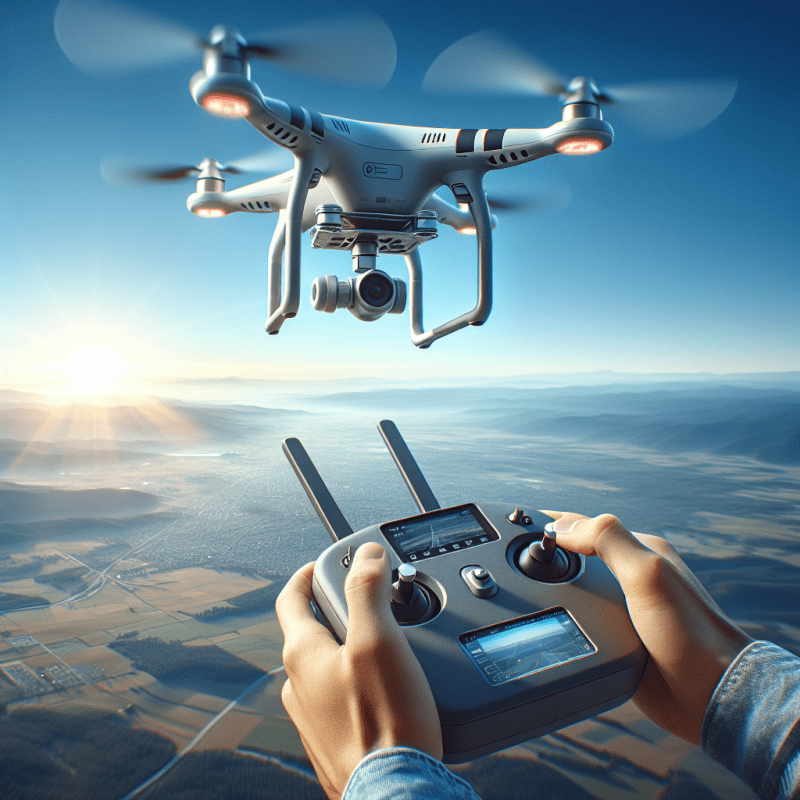Understanding Drone Batteries: Types and Features
Drone technology has been revolutionizing the way we capture images and videos from above. However, the performance of a drone is heavily reliant on the quality of its battery. In this section, we’ll take a closer look at the different types of drone batteries, their features and how they affect the overall performance of the drone.
Lithium Polymer (LiPo) Batteries
Lithium Polymer batteries or LiPo batteries are the most commonly used type of battery for drones. These batteries are known for their high energy density which means they can provide a lot of power in a relatively small package.
One of their biggest advantages is their relatively low weight and small size, which means they fit nicely into the tight spaces of a drone without adding significant weight to the drone. This, in turn, improves the flight time and maneuverability of the drone.
LiPo batteries have a higher discharge rate than other batteries, which is essential for powering high-performance drones. The only downside to LiPo batteries is that they require a special charger to prevent overheating and fire hazards.
Nickel-Cadmium (NiCad) Batteries
Nickel-Cadmium batteries or NiCad batteries are an older technology which was once used for drones but are now less common. These batteries have a lower energy density compared to LiPo batteries meaning they can’t provide as much power in the same package as LiPos.
NiCad batteries are also known for developing a “memory effect” if not fully charged or discharged, which can significantly reduce their overall capacity over time. However, they are preferred in extremely cold and harsh environmental conditions due to their ability to withstand extreme temperatures.
Nickel-Metal Hydride (NiMH) Batteries
Nickel-Metal Hydride batteries or NiMH batteries are another older technology that has been used for drones. They have a higher energy density than NiCad batteries but still lower compared to LiPo batteries.
NiMH batteries are known for having a higher capacity compared to NiCad batteries, which is why some drone enthusiasts still prefer them. However, they also suffer from the “memory effect” and require special care when charging and discharging to prevent premature capacity loss.
Features to look for in a drone battery
When looking for a drone battery, there are a few features to consider that affect the overall performance of the drone:
Capacity
The capacity of a battery is measured in mAh (milliampere-hour) which is an indication of how much power the battery can store. The higher the mAh rating, the longer the drone can fly.
Discharge rate
The discharge rate of a battery is measured in C (capacity) which is the rate at which the battery can release its energy. A higher discharge rate is essential for powering high-performance drones with bigger motors, but it can also cause the battery to heat up quickly.
Voltage
The voltage of a drone battery is typically between 3.7V to 7.4V. It is important to use the correct voltage battery as using the wrong voltage can damage the drone.
In conclusion, choosing the right drone battery is crucial to the overall performance of your drone. LiPo batteries are the most common choice among drone enthusiasts for their high energy density and small size. However, it is essential to consider the features of a drone battery, such as capacity, discharge rate, and voltage, when selecting the most suitable battery for your drone.
Choosing the Right Charger for Optimal Performance
When it comes to drone batteries, having a great battery is just one part of the equation. You also need a charger that can ensure optimal performance and extend the lifespan of your battery to get the most out of your investment. Here are some factors to consider when choosing the right charger for your drone batteries:
- Charging speed: Faster charging speeds may seem appealing, but they can also cause your battery to degrade faster. Opt for a charger that offers a moderate charging speed instead to extend the lifespan of your battery.
- Charging safety: Safety features like overcharge prevention, short circuit protection, and temperature control can help to prevent damage to your battery and increase its lifespan. Look for a charger that has these features for added peace of mind.
- Compatibility: Make sure the charger you choose is compatible with your drone battery's chemistry and voltage. Using a charger that is not compatible can cause damage to the battery and may even be dangerous.
- Brand reliability: Choosing a charger from a reputable brand can give you added assurance that it has been tested and will perform as expected. Look for reviews and ratings from other drone pilots to see which brands are recommended.
By considering these factors, you can choose a charger that will help your drone batteries perform at their best and last as long as possible.
Tips for Extending the Lifespan of Your Drone Batteries
When it comes to drones, one of the most important components is the battery. Without a fully charged battery, your drone is useless. Unfortunately, drone batteries don't last forever, but there are steps you can take to help extend their lifespan. Here are some tips to help you get the most out of your drone batteries:
1. Store Batteries Properly
When not in use, it's important to store your drone batteries properly. Store them at room temperature in a dry place, and away from direct sunlight. Battery's lifespan is shortened due to the temperature. Don't store your batteries somewhere with extreme heat or extreme cold.
2. Charge the Batteries Correctly
Always use the charger that comes with the drone battery. Don't leave the battery charging for too long or overcharge the battery. When your battery is fully charged, disconnect it from the charger immediately.
3. Don't Let Your Batteries Drain Completely
Batteries can be seriously damaged if they're fully discharged. Always monitor the battery life of your drone, and land it when the battery is getting low. Never fly your drone until the battery is completely drained, as it will shorten the overall lifespan of the battery.
4. Use Batteries Regularly
Even if you're not planning to fly your drone, it's important to use the batteries regularly. Use your drone's batteries every few weeks, even if it's just for a short flight. This helps keep the battery active, which will ultimately extend its overall lifespan.
5. Keep Your Drone Clean
Finally, don't forget to keep your drone clean! Dirt and debris can block the vents on your batteries, which can cause them to overheat and shorten their lifespan. After every flight, wipe down your drone and check the batteries for any debris or dirt that needs to be removed.
By following these tips, you'll be able to extend the lifespan of your drone batteries and keep your drone flying for longer. Remember to store your batteries correctly, charge them properly, don't let them drain completely, use them regularly, and keep your drone clean. Happy flying!
LiPo Battery and Charger for T36 Drone
Power up your T36 drone with this high-quality LiPo battery and charger set
Product information
$37.99
Product Review Score
4.97 out of 5 stars
169 reviews